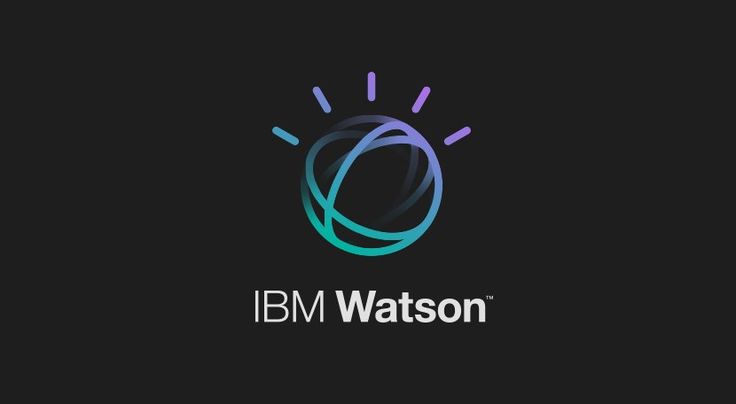Description
Introduction of Next-Gen Networking
The world of networking is undergoing a transformative shift with the advent of next-gen technologies like 5G and edge computing, paving the way for faster, more reliable, and intelligent networks. This training delves into the future of networking, exploring how 5G technology enhances connectivity and how edge computing enables real-time data processing closer to the source. Participants will learn about the architectures, protocols, and innovations driving next-gen networking, and how these technologies are reshaping industries such as IoT, smart cities, autonomous vehicles, and more.
Prerequisites
To fully benefit from this course, participants should have:
- Basic knowledge of networking concepts (e.g., understanding of TCP/IP, DNS, and routing)
- Familiarity with wireless technologies and mobile networks (4G/LTE)
- Understanding of cloud computing concepts (IaaS, PaaS, SaaS)
- Awareness of current industry trends in networking (optional but beneficial)
Table of Contents
- 1.The Fundamentals of Next-Gen Networking
1.1 Introduction to Next-Gen Networking
1.2 Evolution of networking: From 4G to 5G and beyond
1.3 Key trends shaping the future of networking (IoT, AI, edge computing)
1.4 5G: A Paradigm Shift in Connectivity
1.4.1 How 5G differs from previous wireless technologies
1.4.2 Key capabilities: High bandwidth, low latency, massive device connectivity
1.5 Edge Computing: The New Frontier
1.5.1 What is edge computing and how it complements cloud computing
1.5.2 Benefits of edge computing for real-time data processing - 2.5G Architecture and Use Cases
2.1 Understanding 5G Network Architecture
2.1.1 5G spectrum and frequencies
2.1.2 Core and radio access network (RAN) architecture
2.1.3 Network slicing and its impact on service differentiation
2.2 5G Use Cases Across Industries
2.2.1 Smart cities, autonomous vehicles, and industrial IoT
2.2.2 Healthcare, entertainment, and AR/VR applications powered by 5G
2.3 Hands-On Lab: Configuring a simulated 5G network and exploring its features - 3.Edge Computing in Practice
3.1 Edge vs. Cloud: Key Differences and Synergies
3.1.1 Comparing edge computing and cloud computing (Ref: Cloud & Edge Computing in IoT Training Products search)
3.1.2 Hybrid cloud and edge architectures
3.2 Edge Computing Use Cases
3.2.1 Real-time analytics in manufacturing, retail, and autonomous systems
3.2.2 Enhancing IoT, AR/VR, and AI applications with edge computing
3.3 Hands-On Lab: Deploying an edge computing architecture to process real-time IoT data - 4.5G and Edge Computing for IoT
4.1 Integrating 5G and Edge for IoT(Ref: Next-Gen AI: Advances in ML&DL)
4.1.1 How 5G and edge enable low-latency IoT applications
4.1.2 Key benefits for industrial IoT, smart homes, and connected devices
4.2 Challenges and Opportunities in IoT Networking
4.2.1 Security concerns, device management, and scalability
4.2.2 Overcoming network congestion and latency in IoT ecosystems
4.3 Hands-On Lab: Building a 5G-enabled IoT network with edge processing - 5.Security and Privacy in Next-Gen Networking
5.1 5G and Edge Computing Security Challenges
5.1.1 Potential vulnerabilities in 5G and edge architectures
5.1.2 How network slicing and virtualization impact security
5.2 Cybersecurity Solutions for 5G and Edge Networks
5.2.1 AI-powered threat detection and automated incident response
5.2.2 Best practices for securing next-gen networks
5.3 Hands-On Lab: Securing a 5G network and implementing edge security protocols - 6.The Future of Networking: 6G, AI, and Beyond
6.1 What’s Next After 5G? Exploring 6G
6.1.1 Early visions and expected advancements in 6G
6.1.2 6G’s role in hyper-connected environments and smart networks
6.2 AI in Networking
6.2.1 How AI is enhancing network management, automation, and optimization
6.2.2 AI-driven predictive maintenance and self-healing networks
6.3 Final Project: Designing a next-gen network strategy that integrates 5G, edge computing, and AI for a futuristic use case
This training equips participants with both theoretical and practical insights into next-gen networking technologies, enabling them to design and deploy advanced 5G and edge computing solutions for modern and future-connected systems.







Reviews
There are no reviews yet.